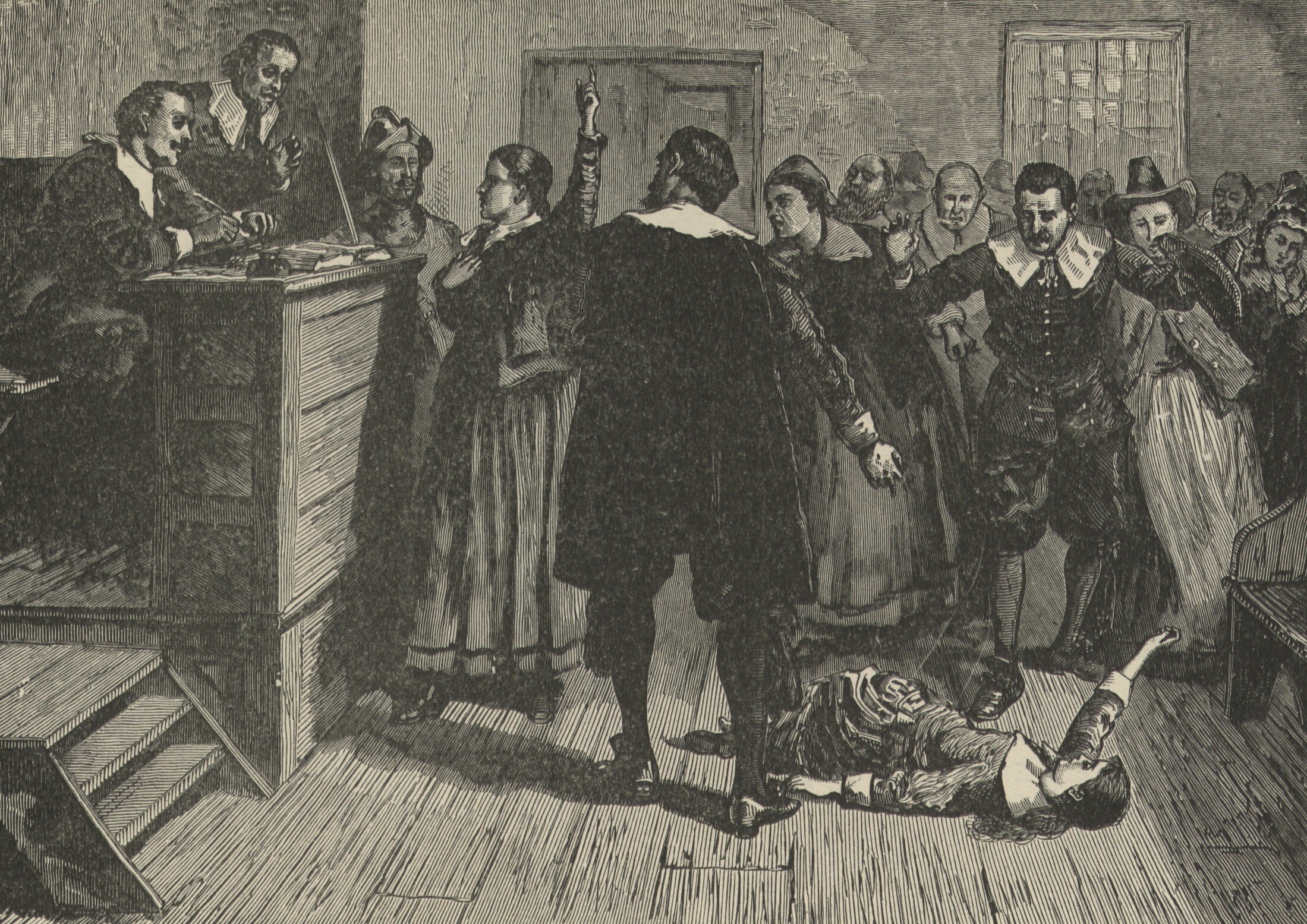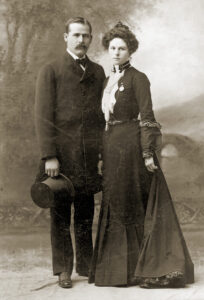Spooky season is upon us, and while the entirety of 2020 may already seem like some dark cosmic joke, the Peabody Essex Museum in Salem, Massachusetts is here to remind us that things truly could be worse.
For the first time in 30 years the museum’s Phillip’s Library—which holds the world’s largest collection of Salem witch trial ephemera—is displaying rare pieces from its collection.
During the Salem witch trials, held in colonial Massachusetts between 1692 and 1693, over 200 people were accused of practicing the devil’s magic. Town leaders had 25 townsmen and women executed by hanging. Eventually, the hysteria subsided alongside a belated recognition that the community had succumbed to some form of mass hysteria.“The story of the trials has become synonymous with paranoia and injustice, and it continues to beguile the popular imagination more than 300 years later,” writes Jess Blumberg for the Smithsonian Magazine.
In its latest exhibit, the library seeks to illuminate the environment in which the paranoia was allowed to foment with murderous consequences. By the winter of 1692 the Puritan population in Salem faced incredible hardship: crop failure; smallpox outbreaks; and extreme weather, which drove the deeply religious community to place the blame on anything and anyone.
“Under those conditions, that’s when people say ‘That’s it! My husband has taken ill mysteriously…the cow has stopped producing milk…lightning struck our barn and burned it down, and Bridget Bishop looked at me the wrong way last week or she cursed me when I wouldn’t give her milk because she was hungry.’” Salem State University professor Emerson “Tad” Baker told wbur.org,
Cue Monty Python:
The exhibit showcases the death warrant of Bridget Bishop, the first person to be hanged in Salem for witchcraft— the only one in PEM’s collection—highlighting the mob justice she endured.
“This is really Salem’s story,” said Baker. “Whether Salem wants it to be or not, it is the Witch City.”
Among the 47 related pieces on display at the library are some of the last words penned by Mary Easty, another woman who stood accused of witchcraft.
“I petition to your honors not for my own life, for I know I must die and my appointed time is set,” Easty pleaded. “But if it be possible, no more innocent blood may be shed.”
The concept of mob rule didn’t begin and end at Salem, however. From the early 14th century until 1650, it is estimated that 200,000-500,000 Europeans—mostly women—were arrested, tortured, and executed for practicing witchcraft.
“We’re establishing this context for the Salem witch trials to show where these ideas came from,” said Dan Lipcan, the head of the Phillips Library.
Some themes of the exhibit—such as injustice under the law—are ever present today and will, according to Lipcan, “continue to be until as a society we’re able to put a stop to it and to speak up.”





